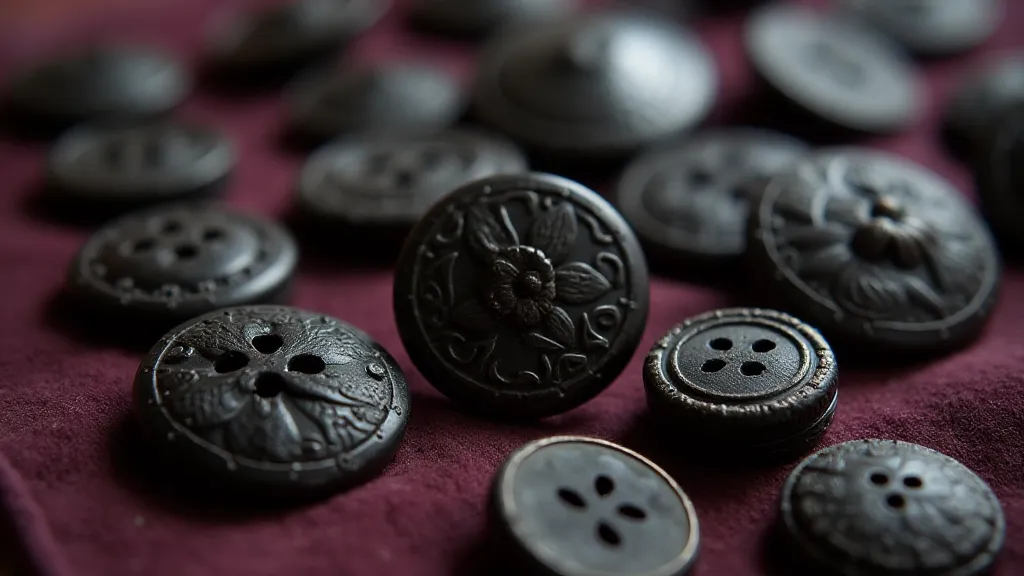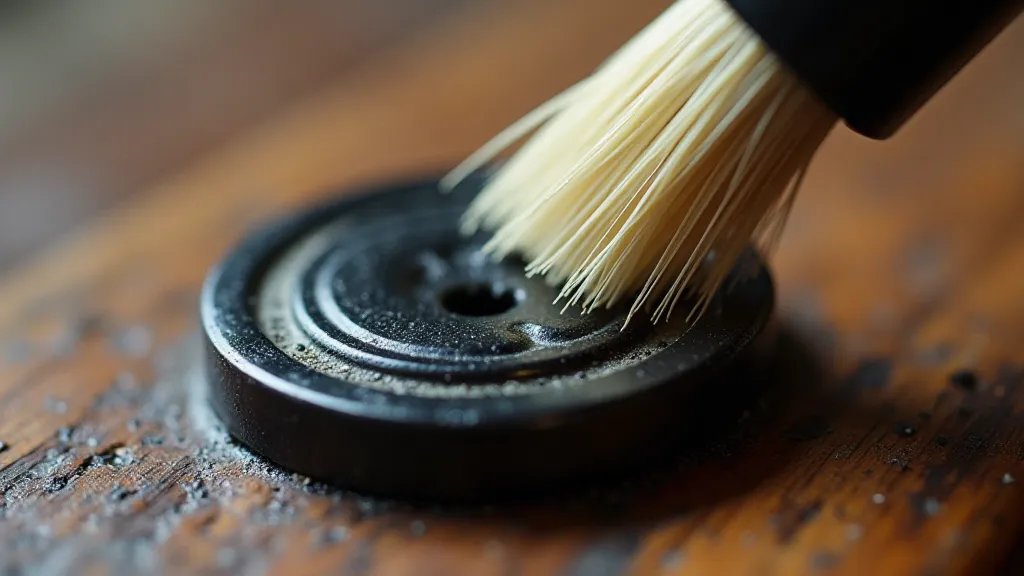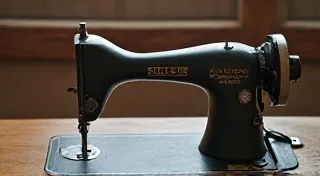The Gilded Cage: Examining the Status Symbols Woven into Jet Buttons
There’s a peculiar intimacy in holding a vintage button. It’s a small, often overlooked object, yet it speaks volumes about the era in which it existed, the hands that fastened it, and the stories it silently witnessed. While collecting vintage buttons encompasses a vast and vibrant landscape of materials and designs, few evoke such a powerful sense of history and social significance as jet buttons. These weren’t merely fasteners; they were emblems of wealth, mourning, and a complex interplay of social hierarchies in the late 19th century.
Jet, a fossilized form of wood, possesses a deep black hue and a subtle sheen that captivated Victorian society. Found primarily in the Yorkshire region of England, its accessibility initially fueled a burgeoning jewelry and button-making industry. But the discovery of jet mines in Germany in the 1840s and 50s drastically increased the supply, and with it, the accessibility… at least to a point. While not as expensive as diamonds, jet buttons, particularly those crafted with intricate designs and superior craftsmanship, still signified a level of affluence unavailable to the working classes.

The Rise and Fall of Jet’s Popularity
The mid-19th century marked the zenith of jet’s popularity. Queen Victoria’s prolonged mourning following the death of Prince Albert in 1861 cemented jet’s association with grief. She commissioned numerous mourning jewelry and button pieces from jet, subtly influencing fashion and cementing its place as the material of choice for expressing deep sorrow. The Victorian era, already steeped in rituals surrounding death and remembrance, readily embraced jet as a visible, tangible representation of mourning.
Imagine a young woman, Eliza, newly orphaned. Her mother, a seamstress of modest means, had carefully saved to purchase a small jet button for Eliza’s best Sunday dress. That single button, a dark, unassuming circle, was more than just a fastener; it was a connection to her mother's memory, a symbol of love and remembrance. Eliza wore that button throughout her adolescence, a silent testament to her loss, a tangible link to a past she desperately clung to.
However, the industrial revolution, while increasing the availability of jet, also spurred innovation in other materials. The introduction of vulcanized rubber and the refinement of manufacturing techniques allowed for the creation of cheaper, mass-produced buttons in vibrant colors and playful designs. The social landscape shifted as well; the rigid Victorian social hierarchies began to soften, and the overt display of mourning became less common.
Craftsmanship and Design: A Window into Victorian Skill
The true beauty of jet buttons lies not just in their significance, but also in the remarkable craftsmanship that went into their creation. Early jet buttons were painstakingly hand-carved, with intricate floral patterns, geometric designs, and even miniature portraits painstakingly etched into the dense material. Later, as demand increased, factories employed skilled artisans who used lathes and other machinery to produce more intricate designs. However, even factory-produced buttons retain a level of detail and artistry that’s rare to find in modern mass-produced items.
Examining a jet button closely reveals the subtle nuances of its creation – the faint tool marks, the slight imperfections that speak to the human hand involved in its making. These aren't just flaws; they are testaments to the skill and dedication of the artisans who shaped these small treasures. A single button might take hours to complete, each detail painstakingly rendered. The finest jet buttons were often hallmarked, a mark of quality and authenticity – a silent guarantee of the materials used and the craftsmanship employed.
Understanding the Social Fabric
Jet buttons weren’s simply decorative objects; they served as subtle indicators of social standing. The size and intricacy of a button, the quality of the jet itself, and the type of garment it adorned all contributed to the overall impression of wealth and status. While mourning jewelry and buttons were worn by all classes, the most elaborately crafted and high-quality examples were exclusively reserved for the upper echelons of society.
Consider the difference between a plain, undecorated jet button worn by a housemaid and a finely carved, jet-and-silver button adorning the coat of a wealthy gentleman. Both served the practical purpose of fastening clothing, but the latter conveyed a powerful message of wealth and social importance. The buttons were not merely functional; they were integral parts of a carefully constructed visual identity.

Collecting and Restoration Tips
For the collector, vintage jet buttons offer a unique opportunity to connect with the past. When searching for buttons, look for signs of quality craftsmanship, intricate designs, and intact hallmarks. Be aware that many so-called "jet" buttons are actually made from other black materials, such as vulcanite or ebonite. A simple burn test (done with extreme caution and in a well-ventilated area) can help differentiate true jet from these imitations.
Restoring vintage jet buttons requires a delicate touch. Avoid harsh chemicals or abrasive cleaners, as these can damage the material. Gentle cleaning with a soft cloth and mild soap is often sufficient. If a button is cracked or chipped, a skilled conservator may be able to repair it, but it’s important to remember that any restoration should be done in a way that preserves the button's historical integrity.

A Lasting Legacy
The story of jet buttons is more than just a tale of fashion and mourning; it’s a microcosm of Victorian society. They offer a tangible link to a time of immense social change, intricate rituals, and remarkable craftsmanship. Holding one in your hand is to hold a piece of history, a reminder of the lives lived and the stories woven into the fabric of the past. These "gilded cages," symbols of status and sorrow, continue to captivate collectors and historians alike, whispering tales of a bygone era long after the mourning dress has faded from memory.





